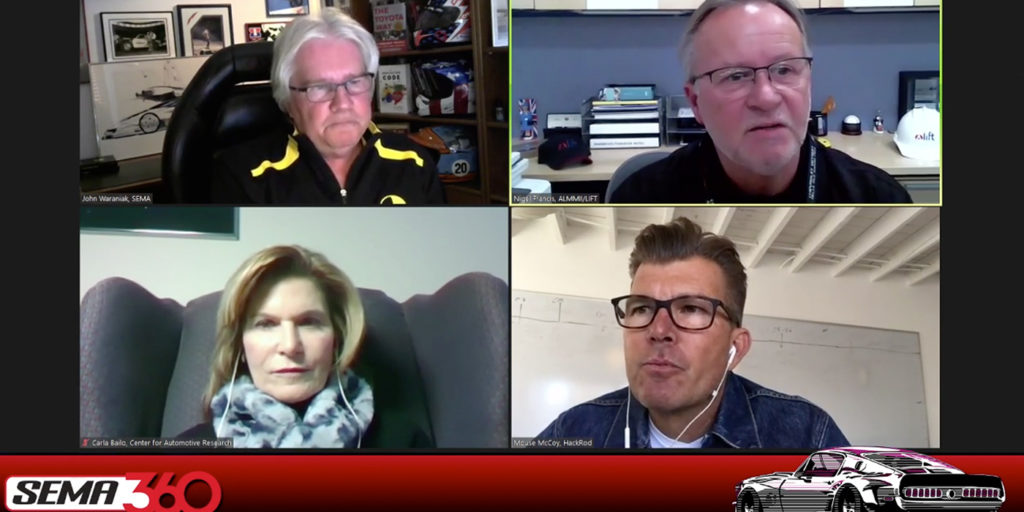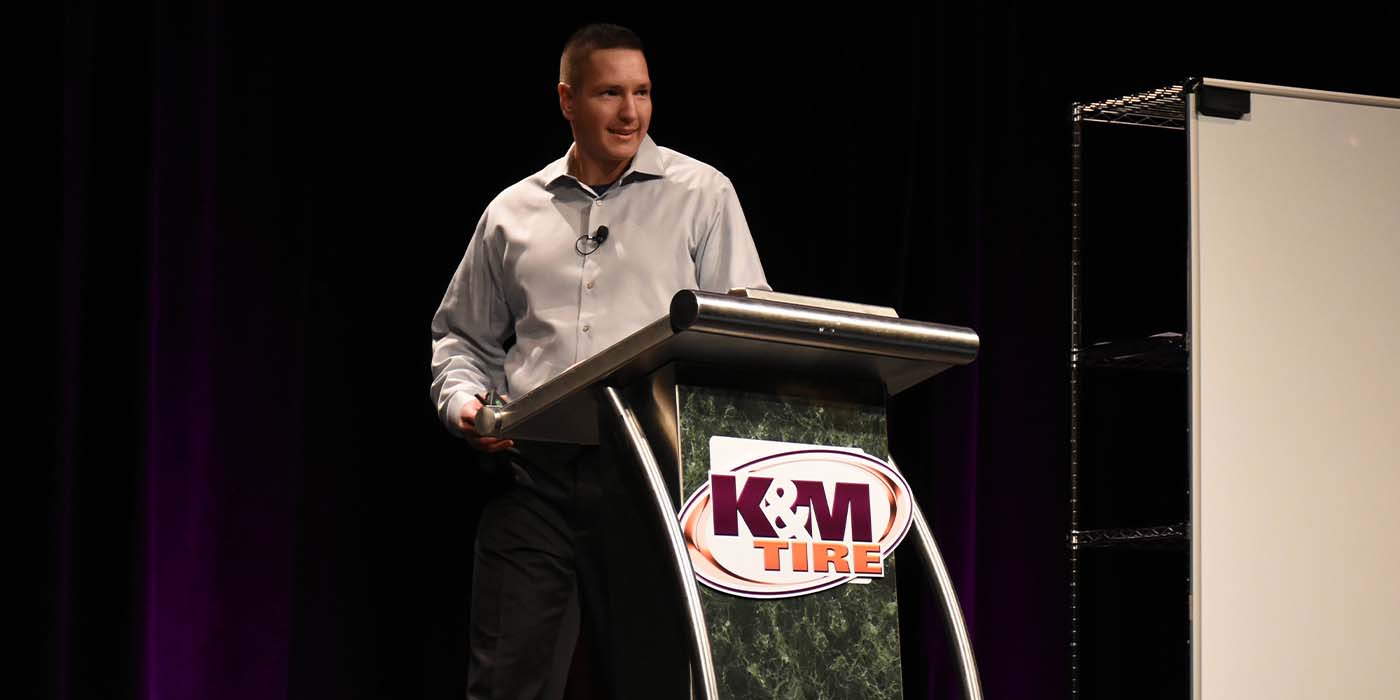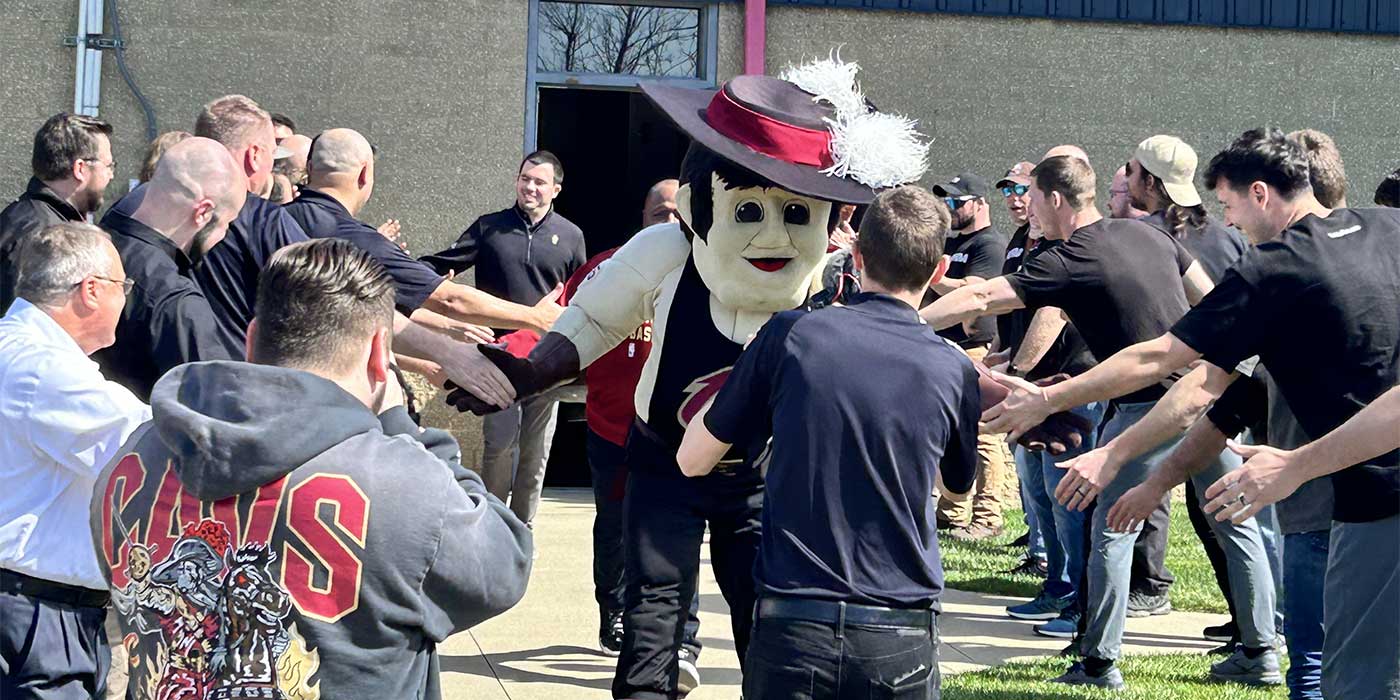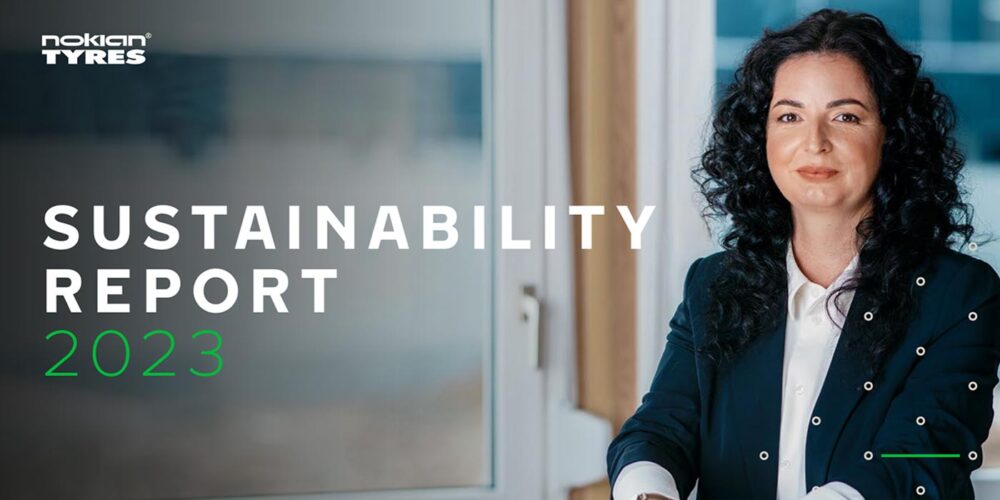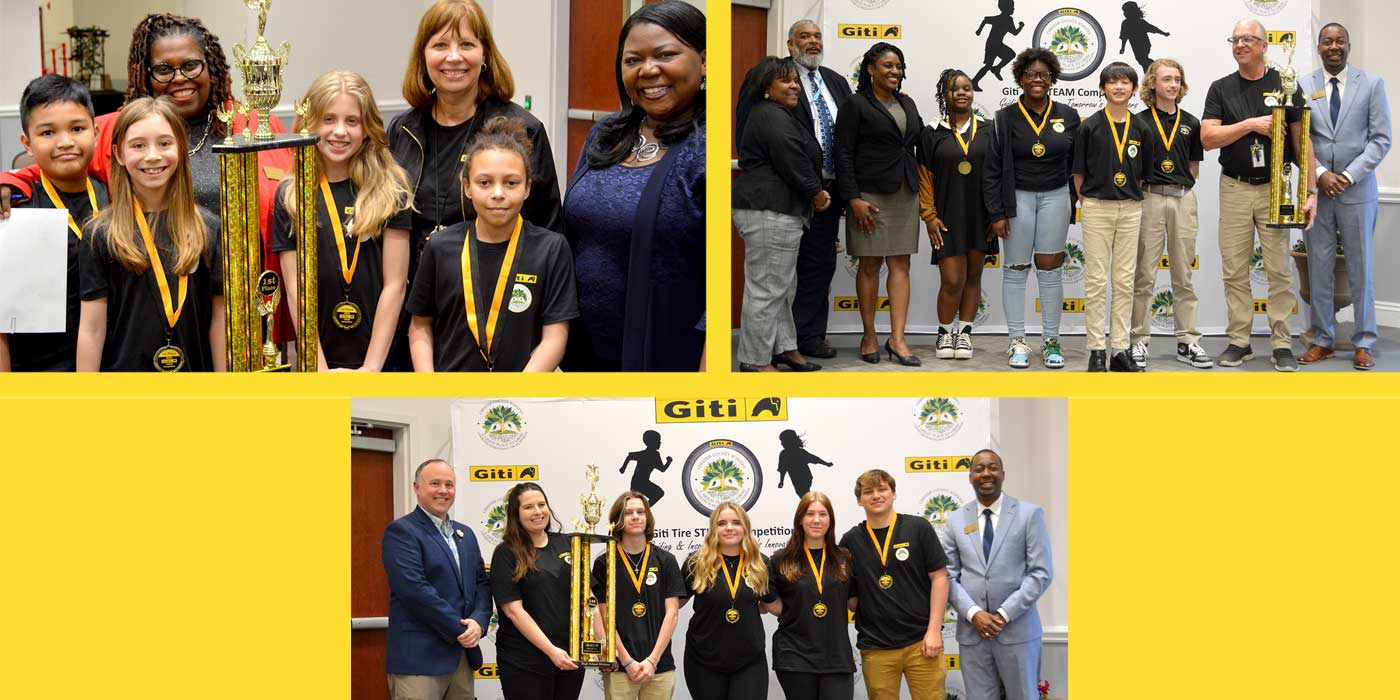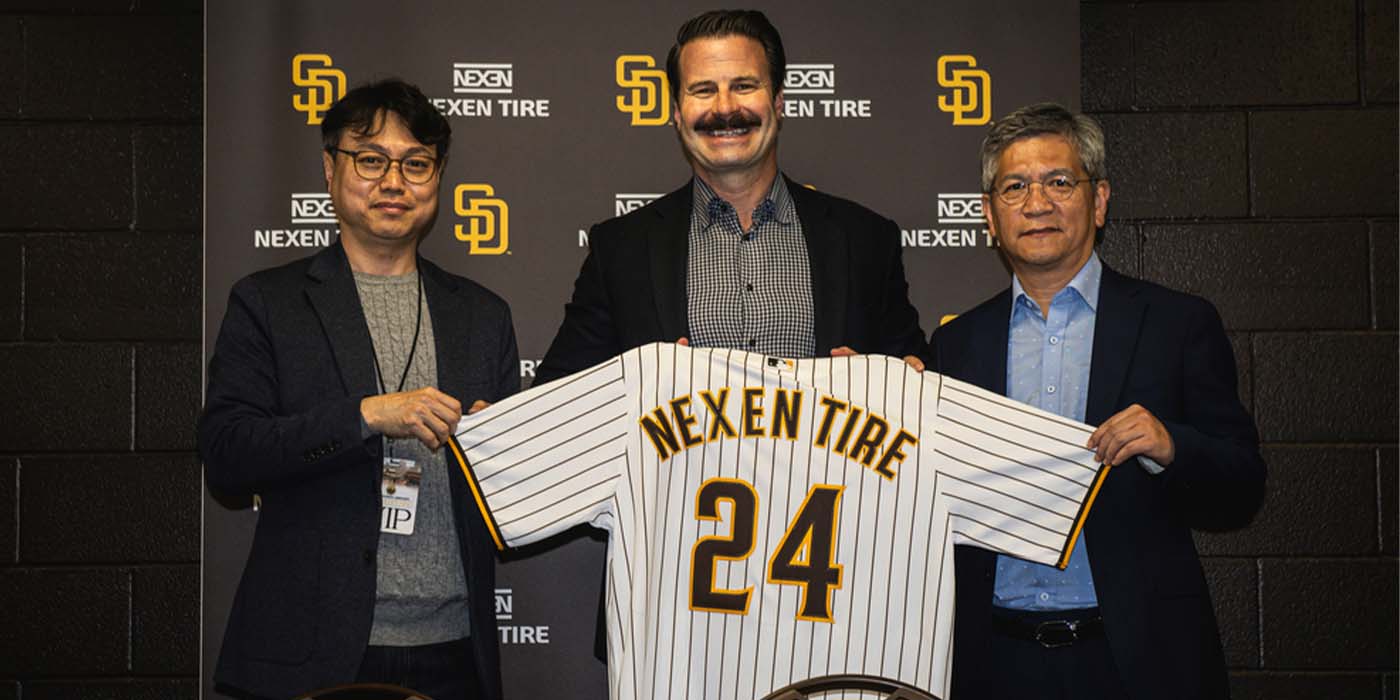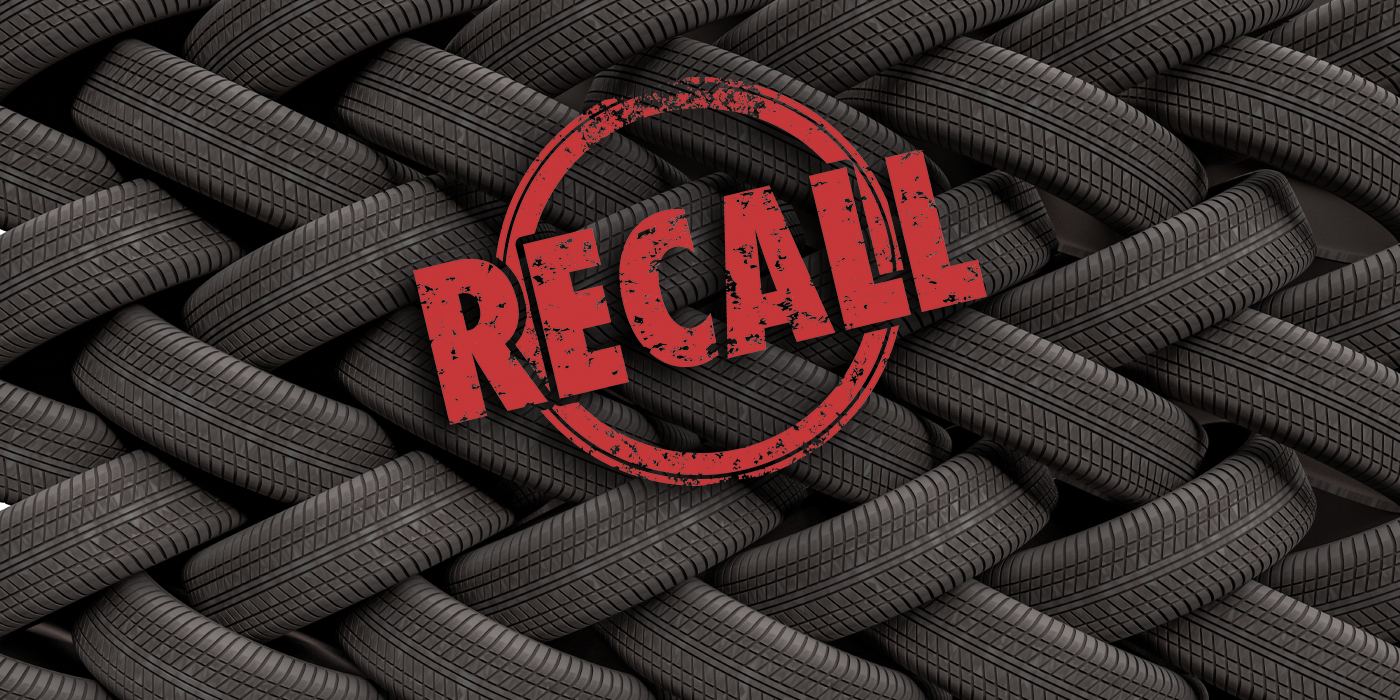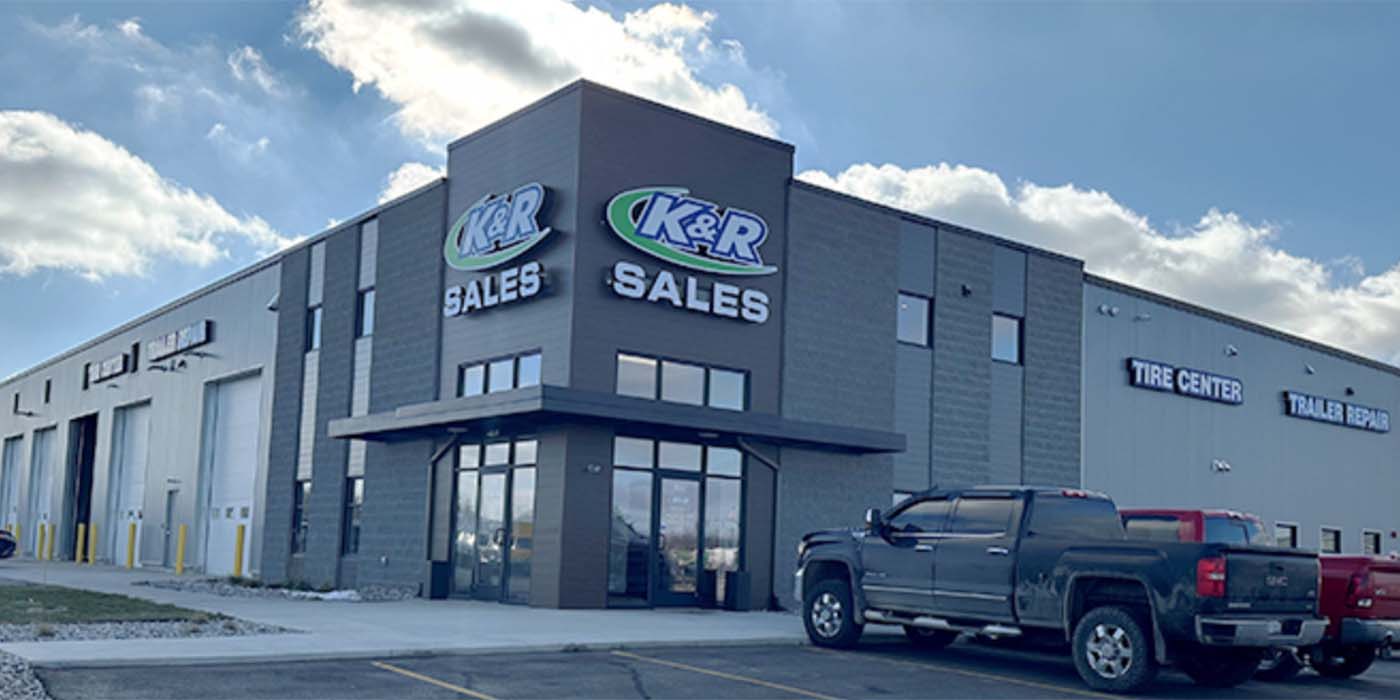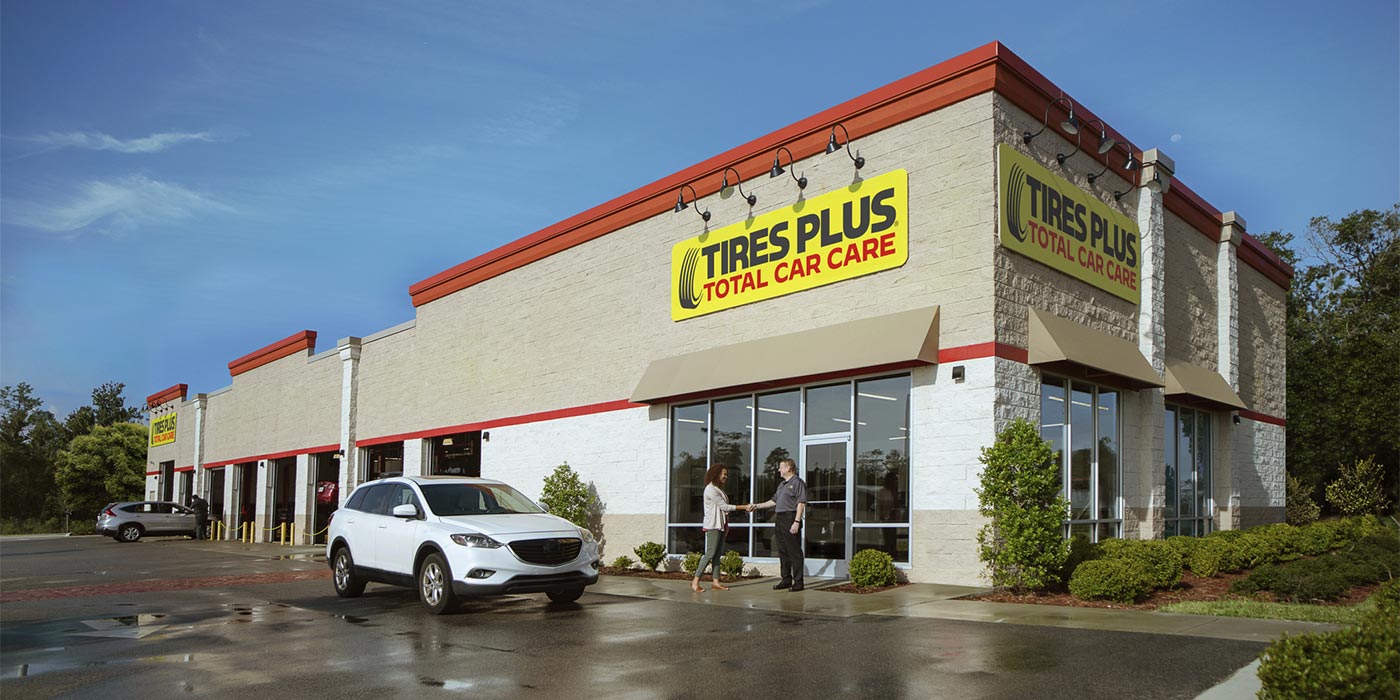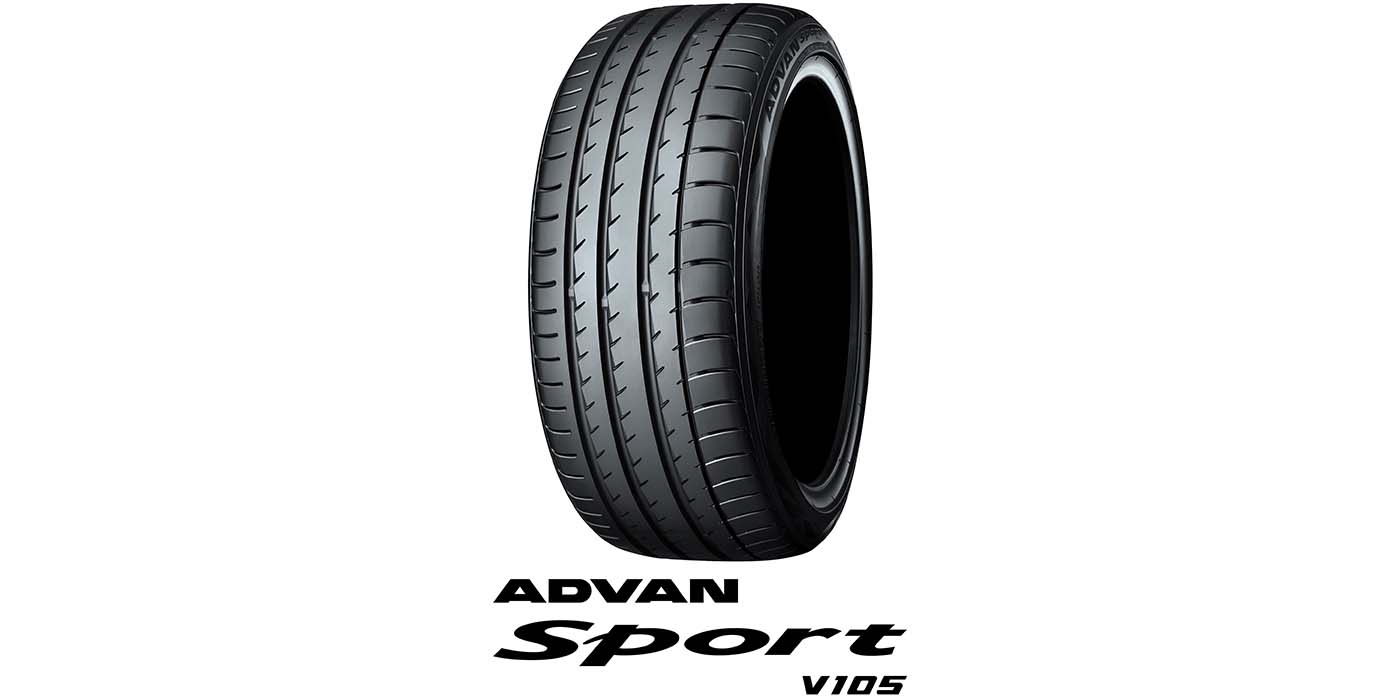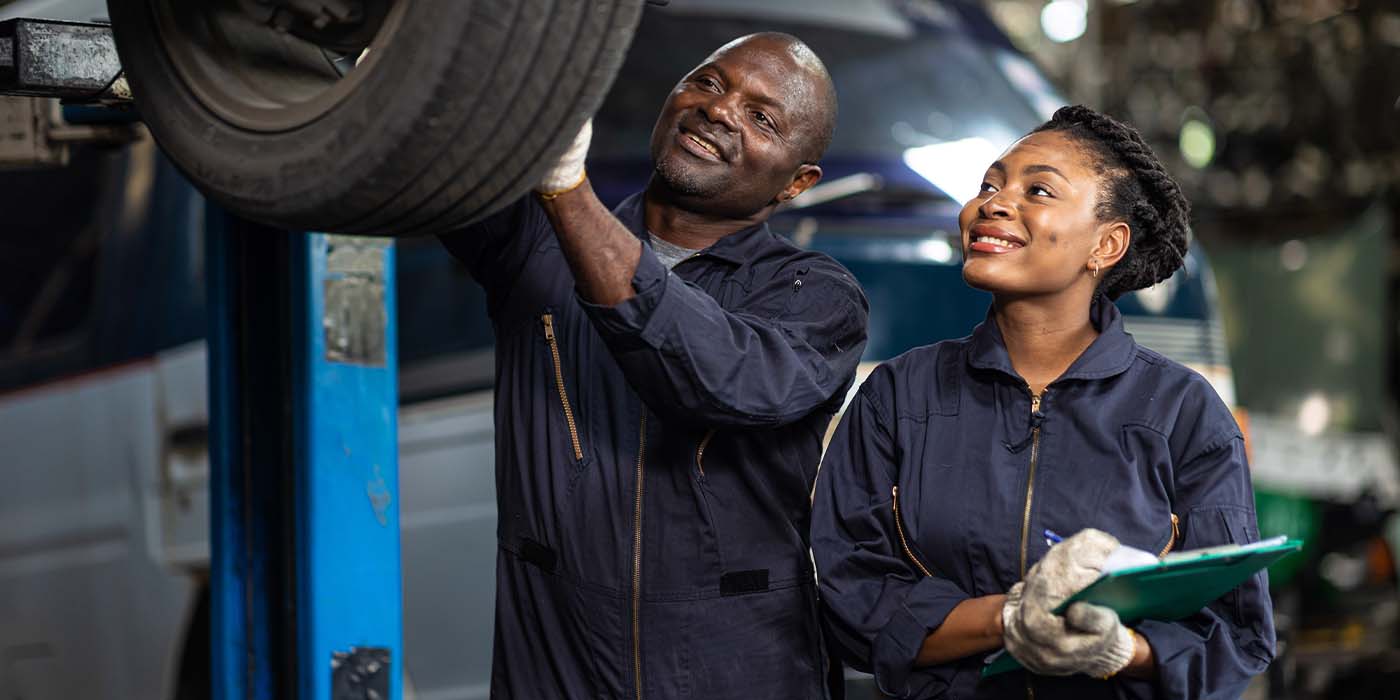In the past, it was never enough for the teenage gearhead to be fastest. Your car also had to be the coolest. Now, “to be the coolest, you’re going to have to be the greenest,” said Mouse McCoy, CEO, founding partner and creative director of digital industrial startup company HackRod.
McCoy joined a panel of automotive industry and manufacturing experts at the SEMA360 session called, “Vehicle Technologies and Business Opportunities: What’s Now, What’s New and What’s Next.” The session, a panel discussion moderated by John Waraniak, vice president of vehicle technologies for SEMA, explored the idea of smart cities, the gamification of engineering through augmented reality and virtual reality, new manufacturing technologies and digital design methods with a goal of social responsibility. These topics and more are part of Industry 5.0, the frontier of technological development that’s taking shape in the automotive industry today.
According to the panel of speakers, these trends will not only take SEMA-member companies into the future; they’ll also contribute to an economy of sustainability and social thinking.
Smart Cities
Carla Bailo, president and CEO at the Center for Automotive Research, said COVID-19 has accelerated changes that are needed to better form the “smart cities” of our future. There’s been an accelerated adoption of home delivery, including in the auto dealer segment. With people working from home, a change in commercial real estate will spur conversations about the room cities have and what they can do with it. Micro mobility, including bikes and scooters, is back on the rise. The closing of streets in big cities allows for more pedestrian areas.
The coronavirus has also spurred assembly lines and supply chains of the future—not only in the automotive industry but across the manufacturing industry. Bailo predicts that more manufacturing will become automated and supply chains will be evaluated daily. As a result of COVID-19, many manufactures have already developed dual sourcing, requiring at least one backup supplier for each aspect of production in order to gain a competitive advantage.
“What a great time to be inventive and make things better,” she said.
A smart city, Bailo said, is livable, workable and sustainable. It’s not only green, but also has a zero-carbon footprint and is a city that “continues to grow with the technology and people in it,” she said.
“Cities need to think about intelligent transportation and vehicles connecting to infrastructure and automated vehicle systems coming together to create a sweet spot for automated transit and self-driving vehicles.”
She said a smart city vision encompasses one app that gives you access to any type of mobility solution, providing a seamless way for people to get around that fits into their life.
“Mobility provides ladders of opportunity for education, work and health,” she said.
And you can’t talk about smart cities without talking about electrification. In the U.S., Bailo said electric vehicles make up less than 5% of vehicles sold year over year; however, that will change. Other countries like China and many parts of Europe are seeing steady EV sales with new car EV registrations overtaking diesel for the first time in September 2020, according to JATO Consultancy.
Industry 5.0
We started manufacturing goods with machines during the Industrial Revolution. That was Industry 1.0. By the 1970s, technology was developed to automate tasks using electronics and computers. That was industry 3.0. Then, the advent of industry 3.5 brought globalization, offshoring production to low-cost economies. Today, we’re in industry 4.0–digitalization of all tasks and the introduction of connected devices, data analytics and artificial intelligence to automate processes.
This history has led us to Industry 5.0, according to McCoy. He said the fifth industrial revolution will focus on the cooperation between man and machine as human intelligence works in harmony with cognitive computing. From this process, he says workers will be “upskilled” to provide value-added tasks in production, leading to mass customization and personalization for customers.
While he says the SEMA community is stuck in Industry 3.5, “we’re moving into an age of the digitization of manufacturing and the democratization of tools for creation that will be put into the hands of hotrodder kids.” He said with digitalization and the access to digital tools, the SEMA community will be tasked with creating the vehicles of the future, just as it did in the 70s with the hotrod.
With the democratization of technologies, one challenge the automotive industry faces is electrification. Although electric vehicles are helping to narrow our carbon footprint, he called the factories that make them “massive carbon disasters.”
For McCoy, that’s where the SEMA community’s talents come in—creatively reusing materials and upcycling to create this the vehicle technologies of tomorrow.
“We all burn fuel for fun. We’re SEMA members. We’re hotrodders and gas has become such a dirty word,” he said. “So, what if we can take connected overall systems and intelligent engineering and upcycle our supply and power sources – wheels, tires, motors. When you start to look at what can be created with advanced manufacturing on top of it, it’s going to solve that small- to medium-size problem of cost.
“This has got to be the movement that happens. It’s the bridge for the next five to 10 years to when we have a carbon-neutral electric manufacturing capability. We’re going to have to really dig in and harness the SEMA community to drive this upcycle movement overall.”
Advanced Manufacturing
Nigel Francis, CEO and executive director of LIFT, a non-profit with a goal of driving the mobility sector toward the future of manufacturing, reviewed some of the technologies that SEMA members could use to transition into Industry 5.0
Those include material engineering; applications of additive, metamorphic and smart manufacturing; advanced alloy and process development; and multi-material joining.
“If anyone thinks the pace of change isn’t accelerating, I strongly suggest you widen the group of people you talk to,” he said, referring to the Industry 5.0 technologies his organization is tasked with testing and implementing. “There’s a tsunami of change going on in manufacturing. It’s here and now. I would rather be in front of a tsunami than in middle or behind.”
Francis said you can find these technologies at LIFT, operated by the American Lightweight Materials Manufacturing Innovation Institute. He called LIFT, located in Detroit, Michigan, “a showcase in a sandbox.”
“Smarter manufacturing is not just industry 4.0,” he said to the seminar’s attendees. “It’s not just the big companies. You need to know what Industry 4.0 is, and you need to know what a digital twin is. The mass customization of product is driving distributed manufacturing and will drive the business of small to medium organizations upwardly in a huge way.”
To learn more about the technologies Francis and his team have at LIFT and to see the full session, go to SEMA360.com.

